
Surely you, like me and many other people, spend time looking up at night in the hopes of finding a starry night. There are other people who stay out there for hours with the sole purpose of photographing that event that seduces us, that turns us into moths fluttering around a light bulb.
An event not to be missed.
Several photographers shared with us the images they have taken during those sleepless nights. They show immense dead trees, offshore lightning bolts that disappear behind an island or dry fields that contrast perfectly with the cold blue of the night.
According to these nighttime enthusiasts, the province offers many conveniences for this type of photography.
“To give you an idea, in other places I have had to travel two hours one way and two hours back to find a place dark enough. In Nicoya, I can walk 20 minutes and find a photographable sky. It is convenient, it is beautiful and it is the place where I was born,” related Nicoyan photographer Oscar Vazquez.
That photographable dark sky that Vazquez talked about is very important when taking photos of this type. Guanacaste has less light pollution compared to the Central Valley. With fewer large cities, the amount of artificial light in the environment is reduced, making it easier to see starry nights.
Another reason that makes the province an ideal scenario is its diversity of landscapes: large open savannas and deserted beaches. In addition, the dry season causes trees to lose their leaves completely, which helps clear the sky and also turns them into subjects of many of the photographs.
“Personally I like the sensation of tranquility that these locations give. The peace that breathes and the possibility of connecting with nature is something that I would not change for anything,” added Adrian Fonseca, another Nicoyan photographer.
You don’t have to go out with a camera hanging on your shoulder to enjoy a sky full of stars, so take advantage of the dry season, get your friends together late at night, escape to a dark landscape and let yourself be dazzled.
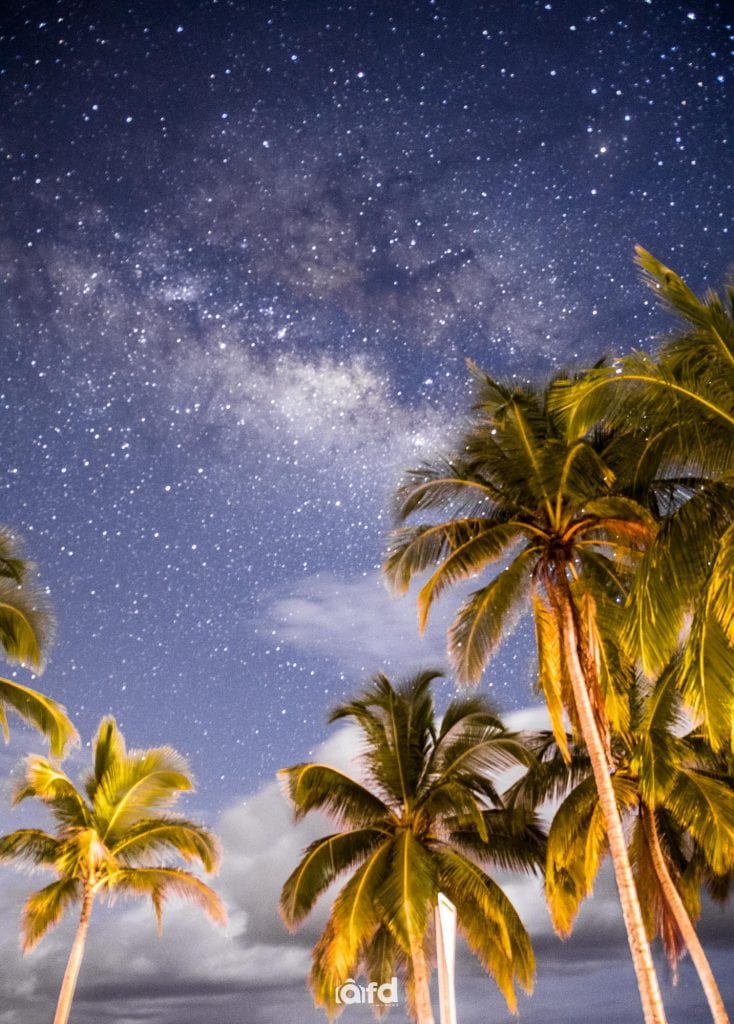
“This is a photograph taken in Puerto Carrillo, a very clear night that had the light of our Milky Way as its subject. Guanacaste gives us clear skies to witness this sight with the naked eye.”- Adrian FonsecaPhoto: Adrian Fonseca
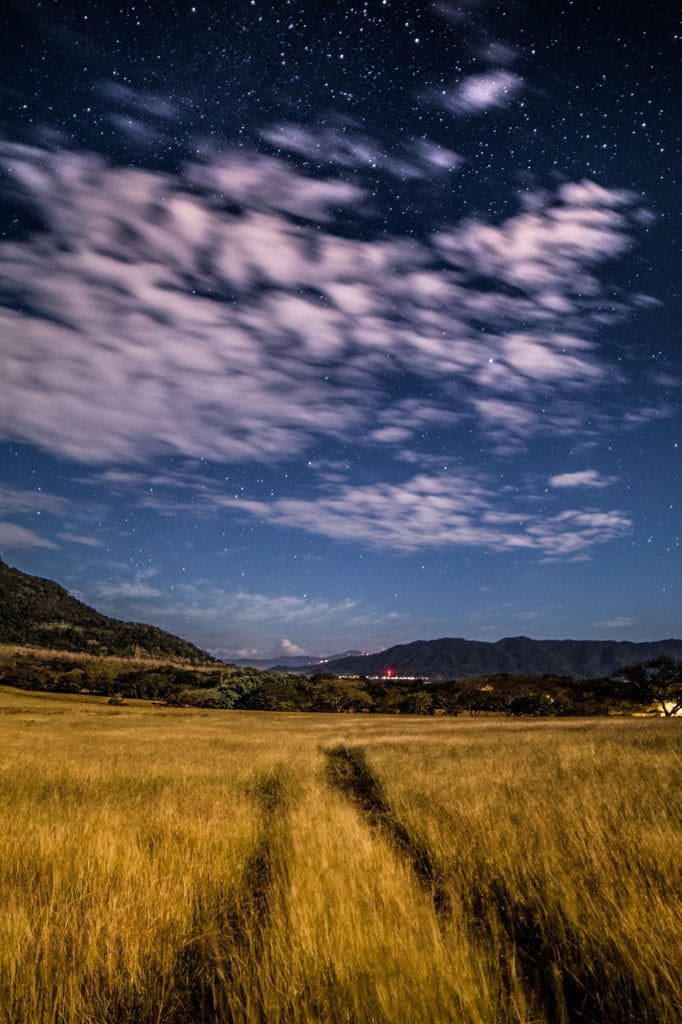
“I was traveling from Heredia to Nicoya and, at around midnight, I was passing through this place and the brightness of the golden pasture grass illuminated by the full moon caught my attention. I didn’t think twice and stopped to capture a gorgeous Guanacaste moonlit night.”- Adrian FonsecaPhoto: Adrian Fonseca
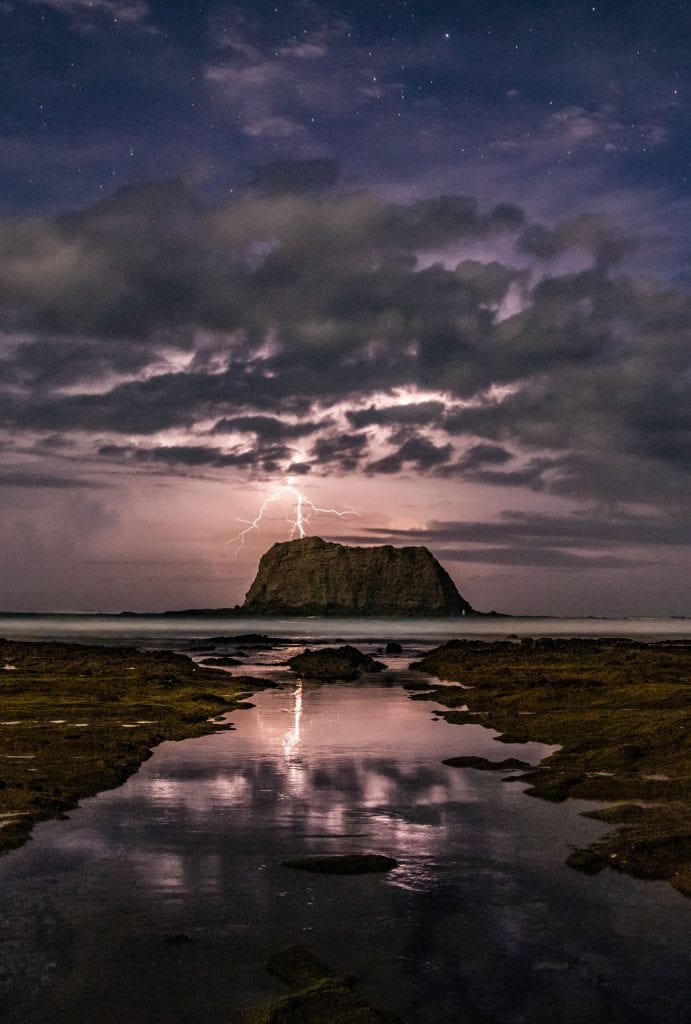
“Taken in Puerto Carrillo, Hojancha, the idea was to capture the Milky Way over the characteristic rock located at Punta Indio at low tide, when a lightning bolt crossed the frame.” – Adrian FonsecaPhoto: Adrian Fonseca
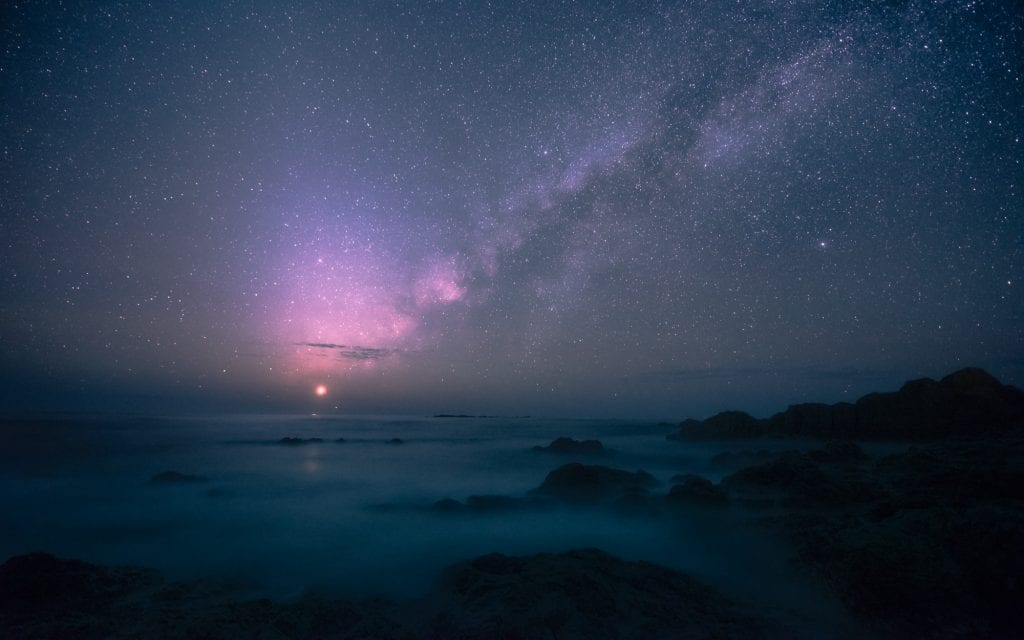
“I wanted to take a picture there since September but the cloudiness did not allow it. I had to wait until November for the Milky Way to be in that position and the sky to be clear.”- Alberto ChiroldesPhoto: Alberto Chiroldes
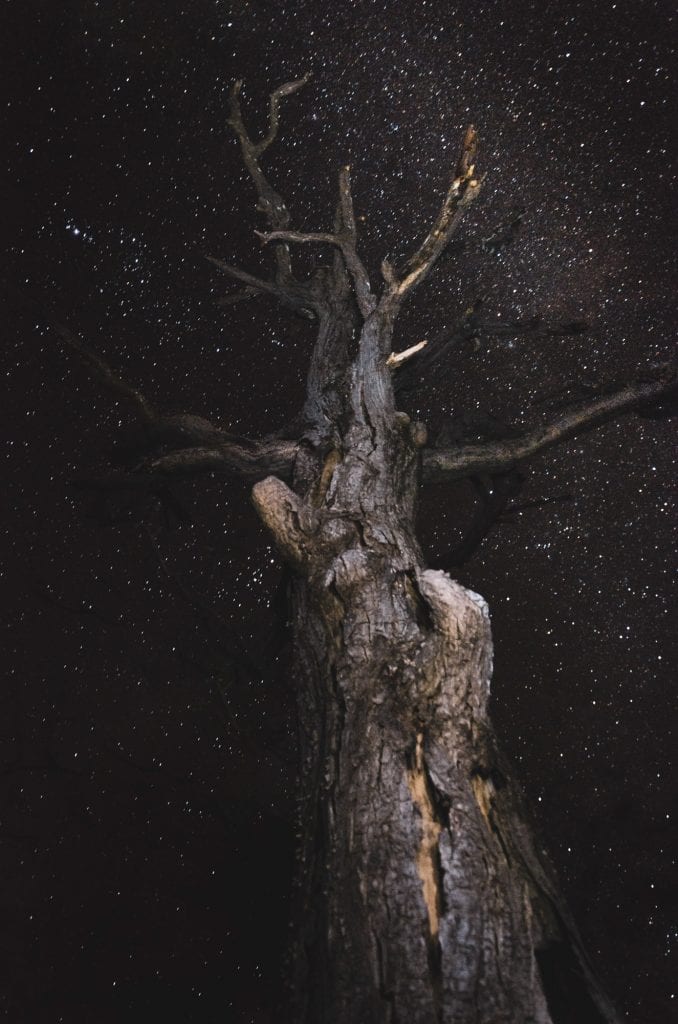
“Guanacaste is spectacular for photographing the stars because it has many open fields and solitary trees for framing. This photo was taken in Naranjo Beach in Santa Rosa National Park.”- Leonardo VenegasPhoto: Leonardo Venegas
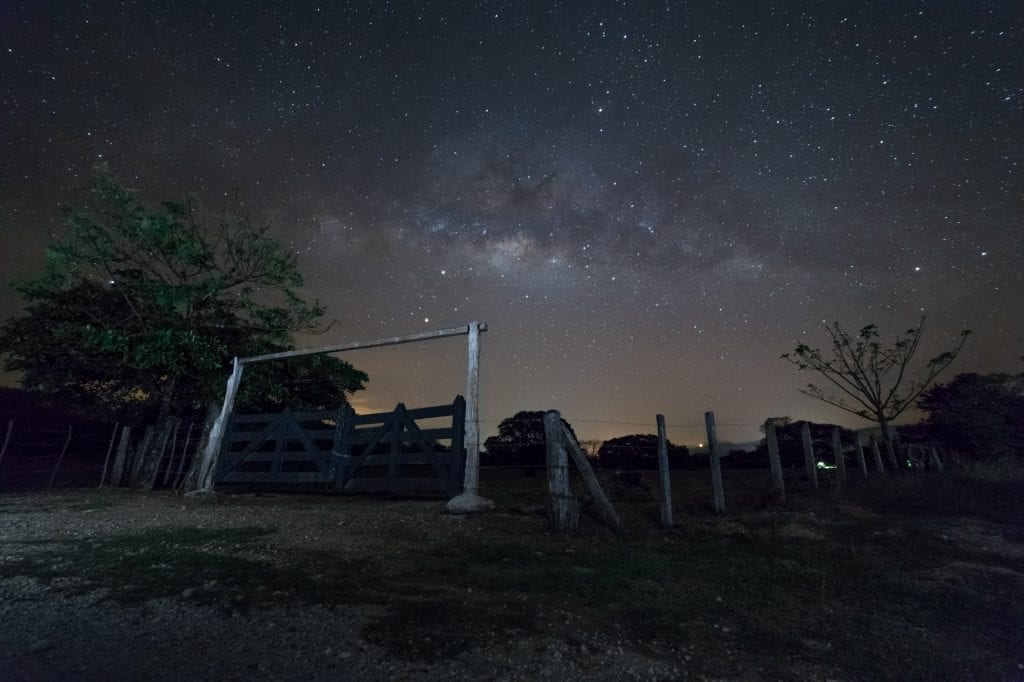
“This photograph was taken near the entrance of the old municipal garbage dump. In it, the Milky Way galaxy can be observed. I used the long exposure technique together with the light painting technique. Light painting is used to illuminate areas that otherwise could not be appreciated. A flashlight can be used, or in this case the cell phone flashlight.”- Oscar VazquezPhoto: Oscar Vazquez
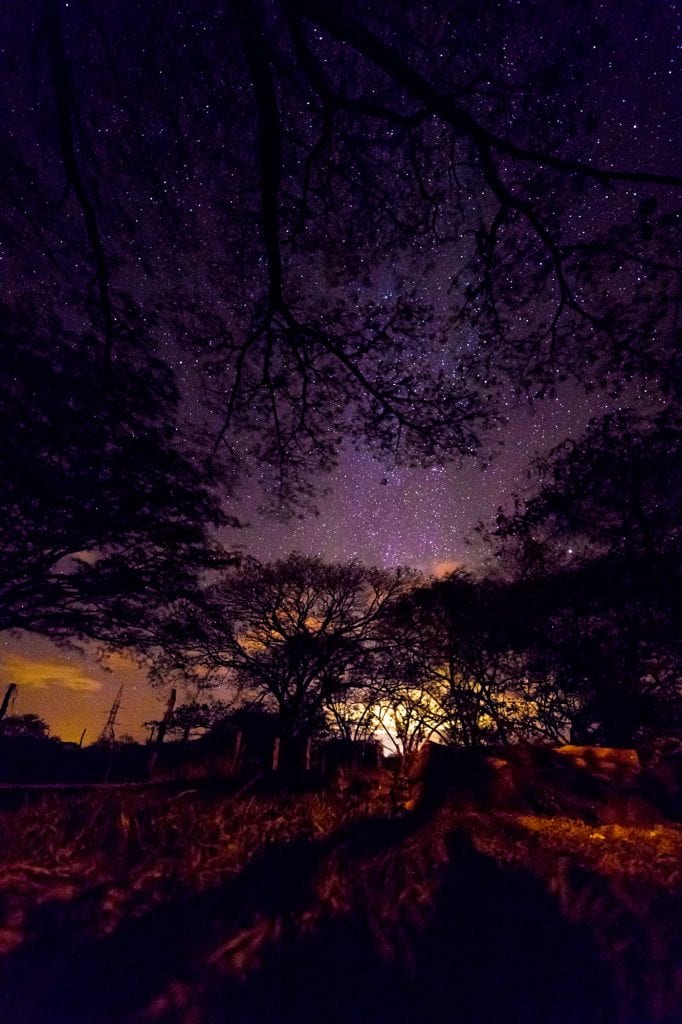
“We planned this trip to Talolinga close to the new moon because the place doesn’t have much light pollution. The pasture was golden and came to our knees. It was windy. The dry season had already started.” – Oscar VazquezPhoto: Oscar Vazquez


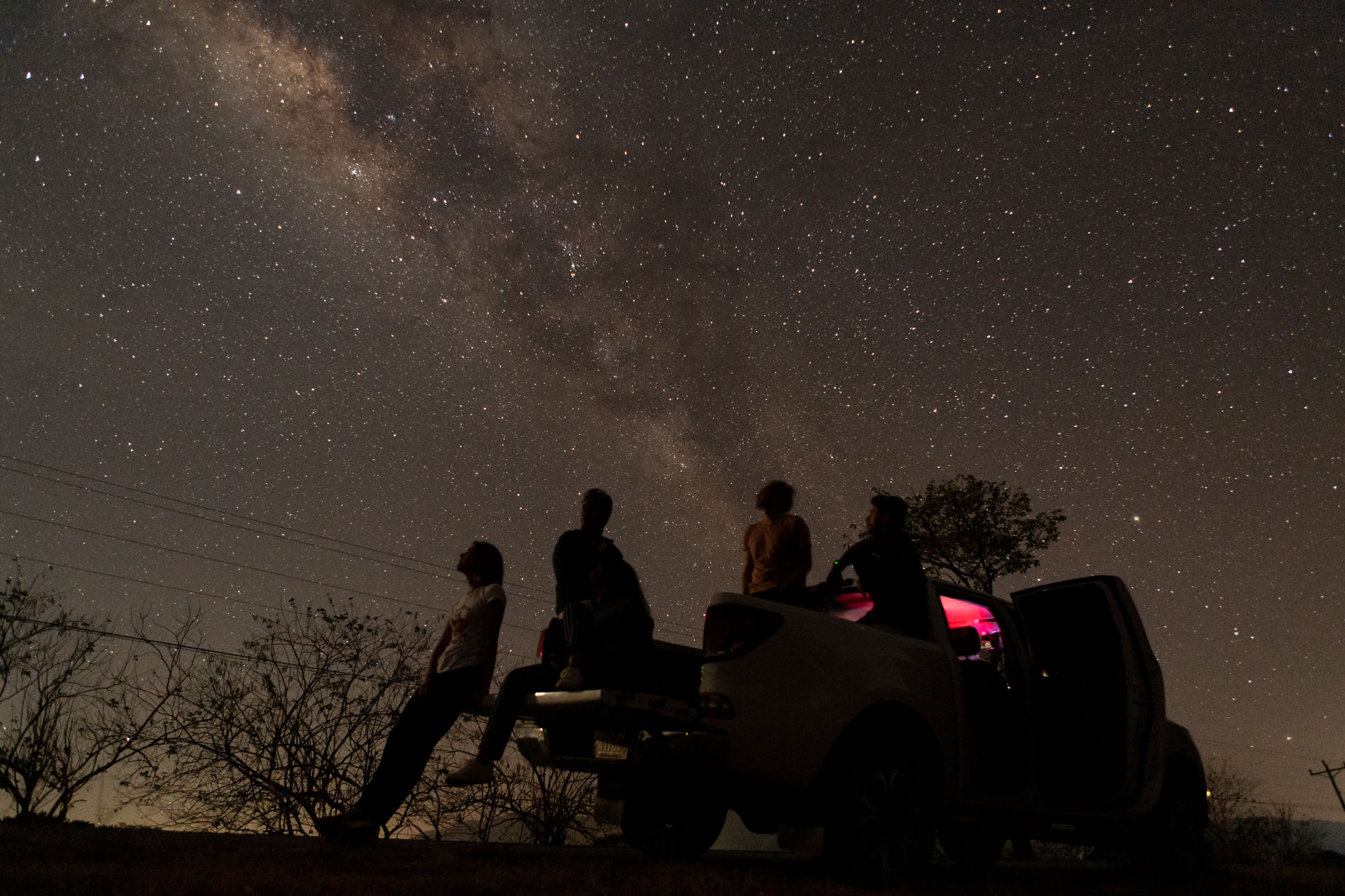



Comments